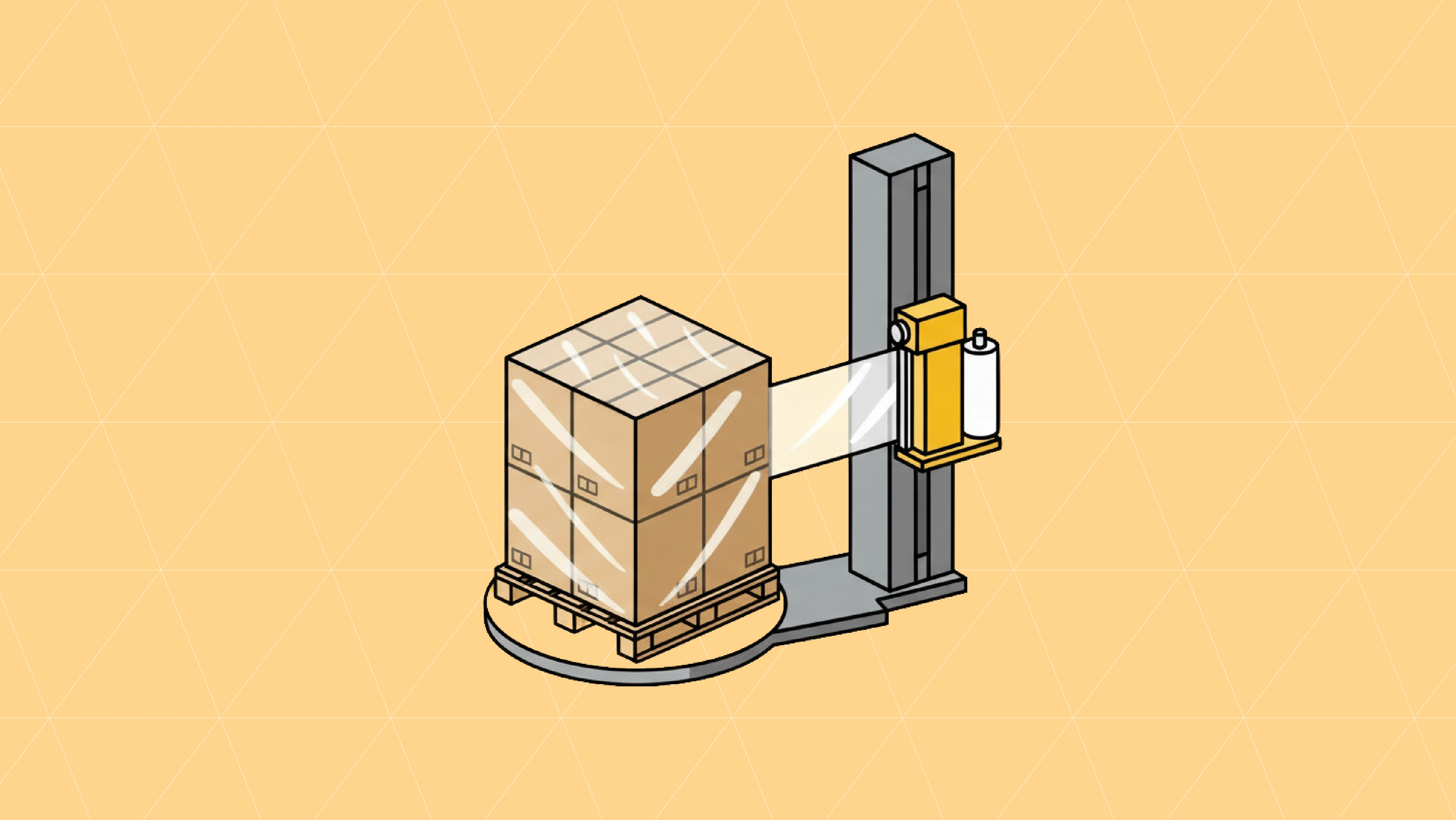The Problem ISA ID Solves
Electronic data exchange between businesses presents unique identification challenges. While the core purpose involves exchanging documents like orders and invoices containing product details, quantities, measurements, and costs, a more fundamental question arises: How do businesses formally identify themselves and their partners in these exchanges? Simply using common business names proves inadequate.
The solution lies in specialized identification codes known as interchange IDs or ISA (Interchange Security Authorization) ID. These codes serve as the digital signatures within electronic exchanges, yet they often create confusion for both newcomers and experienced users alike. While the key requirement is that each code must be distinct, it’s complicated by the absence of a centralized database tracking all existing codes. To conduct exchanges, organizations need both their own unique identifier and their trading partner’s code, which get labeled as the originator and destination in the electronic message format.
What is the ISA ID Segment
The ISA segment is the first segment in an X12 EDI document and serves as the electronic “envelope” that contains important routing and identification information. It’s analogous to the addressing information on a physical envelope – it tells the EDI message where it’s coming from and where it’s going.
The Elements of the ISA (Interchange Control Header) Segment
There are up to 16 elements of an ISA:
Authorization Information Qualifier (typically ’00’ or ’03’)
Authorization Information (usually spaces if not used)
Security Information Qualifier (typically ’00’ or ’01’)
Security Information (usually spaces if not used)
Interchange ID Qualifier – Sender (identifies the type of ID being used)
Interchange Sender ID (your organization’s ID)
Interchange ID Qualifier – Receiver (identifies the type of ID being used)
Interchange Receiver ID (trading partner’s ID)
Interchange Date (6 digits in format YYMMDD)
Interchange Time (4 digits in format HHMM)
Interchange Control Standards Identifier (usually ‘U’ for U.S. EDI)
Interchange Control Version Number (usually ‘00401’ for version 4010)
Interchange Control Number (a unique number assigned to the transmission)
Acknowledgment Requested (0 = no, 1 = yes)
Usage Indicator (P = Production Data, T = Test Data)
Component Element Separator (usually ‘>’)
Using the ISA ID in Practice
Each element must be exactly the length specified in the standard, with spaces used as padding where necessary. These elements together form the “envelope” that contains and routes the EDI document.
Businesses typically utilize one of these three methods…
Telephone number
DUNS number (Dun & Bradstreet’s master Data Universal Numbering System)
Mutually agreed upon identifier
Depending on the identifier that you choose, make sure to include the **ISA ID qualifier**.
Qualifier ‘01’ — DUNS
Qualifier ‘12’ — Telephone number
Qualifier ‘ZZ’ — Mutually defined identifier
For instance, a phone number can be used to identify the sender, while a mutually agreed upon identifier can be used for the receiver.
ISA*00* *00* *12*8005551212*ZZ*THISISAGREED1234
When creating your ISA qualifier and ID make sure to communicate with your trading partner to avoid duplication, be sure to select something unique (unlike your password using your pet’s name), and test the file to make sure that you’re able to identify each other.
Once you start to understand the dark art and science of EDI, you begin to appreciate why it takes specialized EDI professionals using mapping tools for transformation and translation of the data to ensure everything works properly. Otherwise, you can use an EDI managed service provider like Surpass to own the setup and ongoing maintenance, including integration to your ERP, IMS or OMS.
More articles
Our platform is designed to empower businesses of all sizes to work smarter and achieve their goals with confidence.




